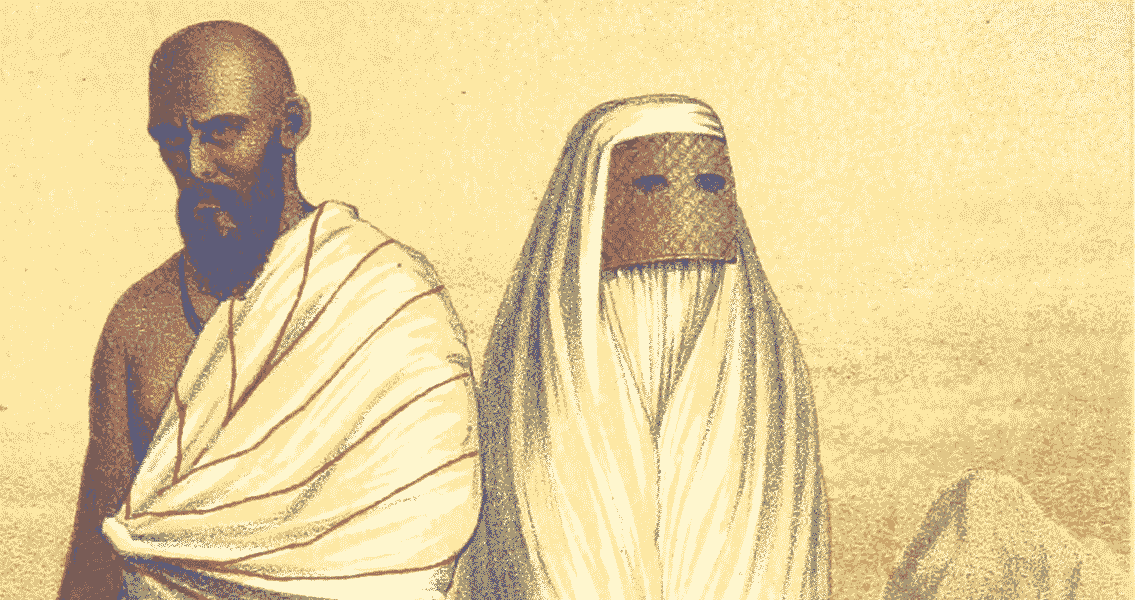<![CDATA[Halloween is just around the corner, and people can't wait to dress up as scary and interesting mythical creatures like werewolves, Frankenstein's monster, or vampires. But who would think that all of that would cross over into the archaeological world? Earlier this month, archaeologist Nikolai Ovcharov announced that he had discovered what seemed to be a "vampire grave" - a grave that contained a skeleton with a plowshare driven through its chest. It was discovered in the Bulgarian archaeological site of Perperikon, an ancient Thracian city that borders Greece. Professor Nikolay Ovcharov is a lecturer at the New Bulgarian University and also at the Slavic University in Moscow. It was he who nearly twenty years ago discovered the ancient city of Perperikon, a city that dates back to the Bronze Age, with evidence of human activity dating back to about 5,000 BC. Experts believe that the sanctuary and shrine that was dedicated to Dionysus of the Bessi was established there. Five years later Ovcharov discovered a tomb that contained the body of a Thracian religious leader, who was part of the cult of Orpheus. He has published eighteen books and more than 250 articles. His latest discovery sheds some light on superstitions that existed in the area about vampires. The skeleton is thought to have been a man who died when he was in his forties. Ovcharov also found that the man's left leg had been removed and placed away from his body. He remarked that the practice of driving spears through a person was intended to prevent them from rising from the dead and terrorizing the living, which shows that in some ways it was indeed an anti-vampire ritual. These spears would usually be driven through people who had died in unusual circumstances, such as suicide. This is not the first discovery like this to have been made in Bulgaria. Last year, Ovcharov and his team found a skeleton thought to have been of a 35-40 year old male, with a metal pole impaled through the space where his heart used to be. That's not all, as before that Ovcharov had found a group of 700 year old corpses with their limbs nailed to the ground. Two years ago, in the Black Sea town of Sozopol, head of the Sozopol Archaeological Museum Dimitar Nedev found a pair of skeletons, one of which had a plowshare driven through the left side, while the other had a metal object going through its solar plexus. Ovcharov's recent discovery is the sixth or seventh of a 'vampire' grave in the last two years in Bulgaria. Throughout the thirteenth and fourteenth centuries, there was a widespread fear in Bulgaria and other parts of central Europe about vampires. People believed that these monstrous beings would appear completely normal during the daytime, but at night would wander throughout the towns and villages in search of blood. It was believed that one of the few ways to kill a vampire was to drive a stake through its heart. It was thought that vampires were once criminals who had been killed, or people who had died a violent and unnatural death. Some believed that if a cat jumped over a corpse, the deceased person would become a vampire. With all these criteria of becoming a vampire, it's no wonder so many of these graves have been found, and there may be many more still waiting to be discovered.]]>
Strange "Vampire" Grave Found In Bulgaria
